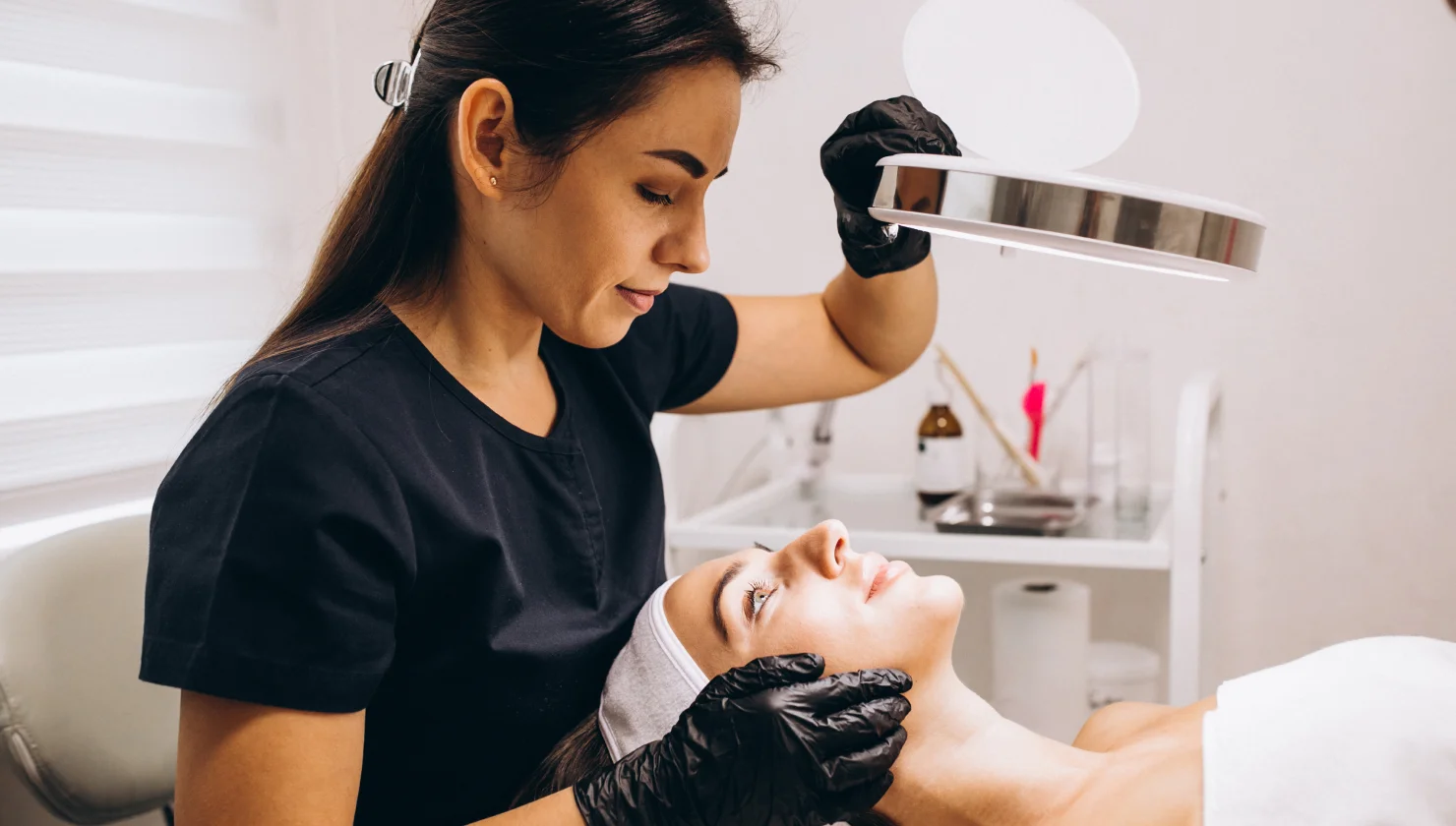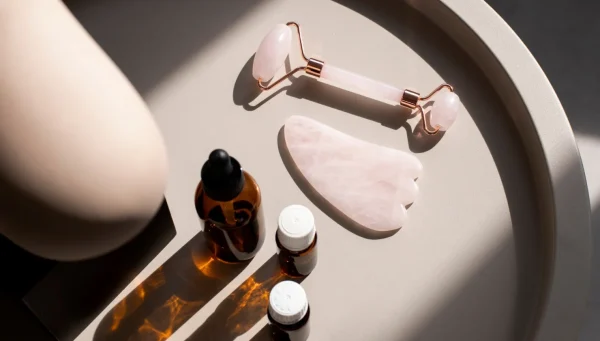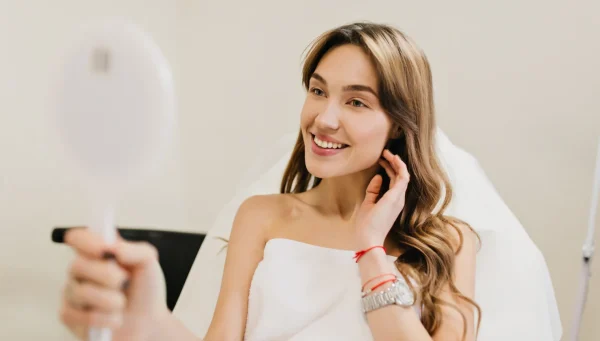This condition tends to be more prevalent during warmer weather or among individuals who exercise frequently, as both scenarios can exacerbate the factors contributing to fungal acne.
If you’re dealing with stubborn, pimple-like bumps that don’t respond to traditional acne treatments, you might not be dealing with acne at all. You could be experiencing “fungal acne,” a common but often misidentified skin condition.
Understanding what it is, what causes it, and how to manage it is the first step toward achieving a clear, calm complexion. As consultants, our goal is to provide you with that essential clarity.
What is Fungal Acne, Really?
Despite its name, fungal acne isn’t true acne. Its clinical name is Malassezia folliculitis.
Traditional Acne (Acne Vulgaris) is primarily caused by bacteria (C. acnes), leading to a mix of blackheads, whiteheads, papules, and pustules.
Fungal Acne (Malassezia Folliculitis) is caused by an overgrowth of Malassezia, a type of yeast that naturally lives on everyone’s skin. When this yeast multiplies unchecked, it can infect the hair follicles, causing inflammation and small, acne-like bumps.
This distinction is crucial because the approaches to managing them are completely different.
Common Signs and Symptoms
How can you tell if you might have fungal acne? Look for these key characteristics:
Uniformity: The bumps are typically very uniform in size and shape—small, red, or skin-colored papules and pustules.
Itchiness: Unlike bacterial acne, fungal acne is very often itchy. This is one of its most defining symptoms.
Location: It commonly appears in oily areas where sweat can accumulate, such as the forehead (especially along the hairline), chest, back, and shoulders.
Persistence: It doesn’t respond to, and can sometimes be worsened by, conventional anti-acne products like benzoyl peroxide or certain antibiotics.
What Triggers Fungal Acne?
Since Malassezia yeast is a normal part of our skin’s microbiome, the problem arises from an overgrowth. Common triggers include:
Humidity and Sweat: The yeast thrives in warm, moist environments.
Occlusive Clothing: Tight, non-breathable fabrics can trap heat and sweat.
Certain Skincare Products: The yeast feeds on certain types of oils and fatty acids commonly found in moisturisers and sunscreens.
Weakened Immune System: Or changes in your body’s chemistry due to medication like antibiotics or steroids.
How a Consultation Can Help
Self-diagnosing any skin condition can be challenging and may lead to using the wrong products, which can make the issue worse. A professional consultation is a vital step for clarity and strategy. Here’s how we help:
Symptom Analysis: We discuss your symptoms in detail to help identify if they align with the classic presentation of Malassezia folliculitis.
Routine & Product Review: We meticulously analyze your current skincare routine to pinpoint any products or ingredients that could be feeding the yeast overgrowth.
Strategic Plan Development: We help you build a “fungal acne-safe” routine, recommending specific types of cleansers, treatments, and moisturisers that won’t exacerbate the problem.
Guidance on Next Steps: While we can provide expert guidance, a definitive diagnosis must come from a medical doctor or dermatologist. We can help you prepare for that conversation and work alongside their medical recommendations.
Navigating Your Skincare Routine
A successful management plan often involves “starving” the yeast of its food source. This includes avoiding many common oils and fatty acids and incorporating ingredients that control yeast populations. In a consultation, we can help you identify products with beneficial ingredients like ketoconazole, pyrithione zinc, or selenium sulfide.
This skin issue is frequently under-recognized and can be easily mistaken for regular acne by the untrained eye.






Comments
annabrown
Wow, cool post, thanks for sharing.
cmsmasters
Happy to be of service.